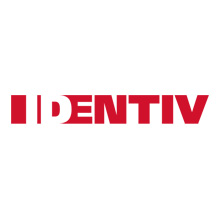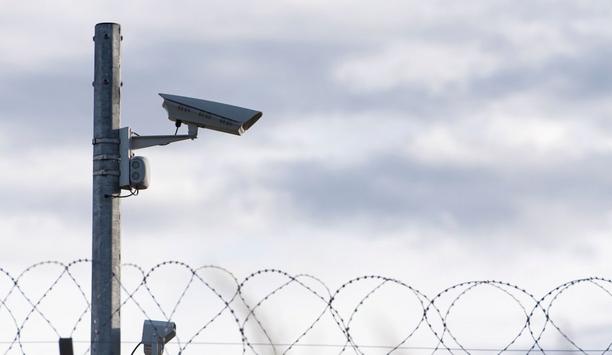 |
| Identiv’s uTrust TS readers support proximity, smart cards and public key infrastructure |
Identiv recently unveiled its uTrust TS Readers product line. uTrust TS Readers are revolutionary new building access control readers that support all major credentials in a single reader format, while offering strong identity verification, scalable migration and interoperability based upon secure open standards. uTrust TS Readers are the first readers that let customers easily migrate from multiple disparate legacy systems, and deliver the foundation for a single identity across the entire enterprise, from door to data.
Identiv’s uTrust TS Readers support all major credentials, including proximity, smart cards and even Public Key Infrastructure (PKI). Enabling PKI certificate-based authentication provides the highest level of employee identity verification and supports government standards, such as FICAM. Users now only need one single reader, regardless of the credentials or access system, simplifying security upgrades, migration and management while lowering costs.
The uTrust TS product line’s forward compatible design delivers maximum return on investment, as organisations can quickly and cost effectively upgrade their physical security, regardless of the controller or access control system. uTrust TS Readers are available in both Wiegand and Ethernet versions, making them an ideal solution for organisations planning to move to structured cabling.
“Our users are aware that they need to upgrade their building security, but are tired of being locked into high-cost, legacy, proprietary solutions – they are demanding more cost-effective, standards-based solutions,” said Jason Hart, CEO of Identiv. “Our aim with uTrust TS is to deliver a single reader that can be used to migrate existing systems, minimising disruption on users, while also offering significant return on investment with forward compatibility.”
uTrust TS Readers are part of the Identiv uTrust product family. uTrust is a family of products that delivers a complete integrated physical and logical IT access control solution. Organisations can quickly and cost effectively manage physical and logical access controls in a single system and easily provision and manage a single credential for users to gain access to all resources – physical or digital.
Identiv at ISC West
Identiv exhibited the uTrust TS Readers at ISC West booth #8053, along with complete solutions for delivering converged trust to premises and information.
Identiv is also presenting two education sessions at ISC West - “the top five reasons to upgrade physical access systems with identity as a service (IDaaS)” and “how to establish trust in the connected world”. The second session is being presented by our CEO, Jason Hart. Sessions start on Thursday, April 3, starting at 10:15 AM PDT, and 11:15AM PDT respectively.


















